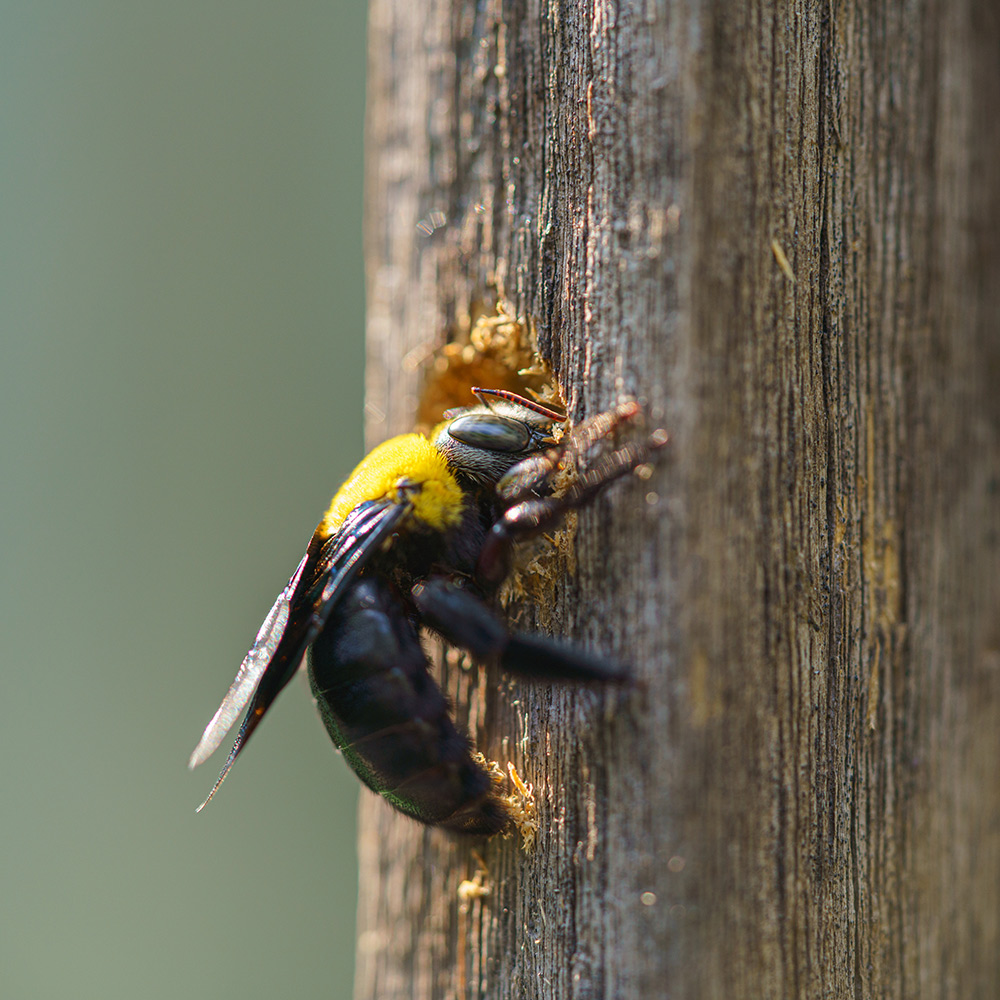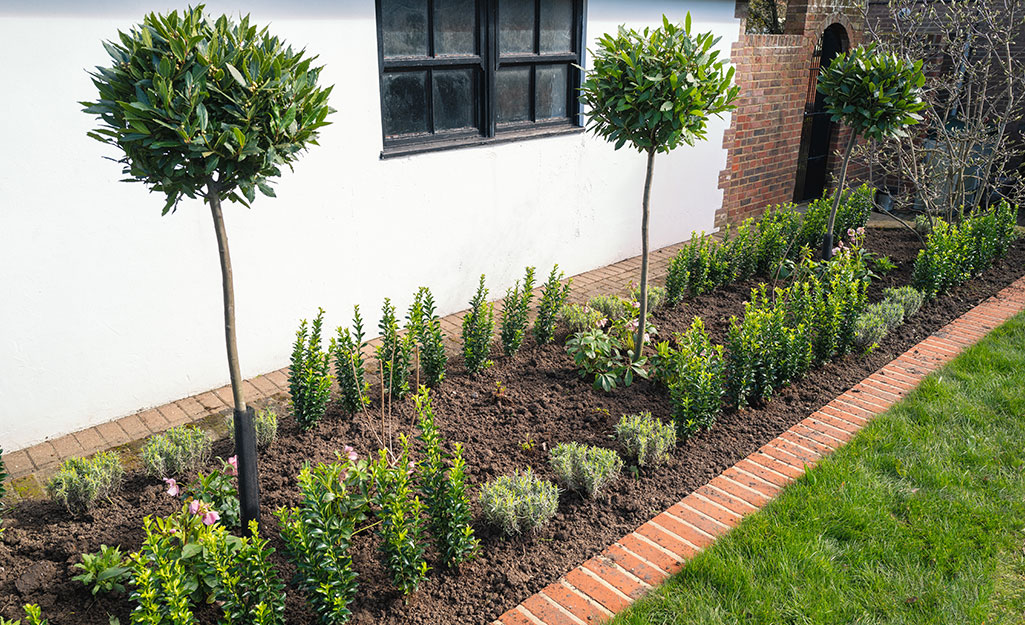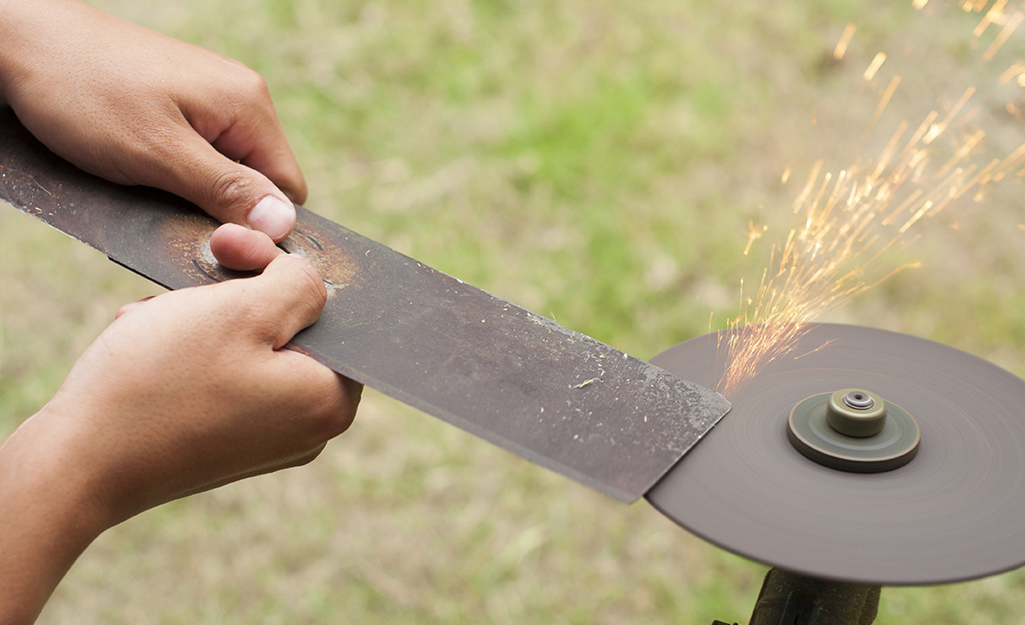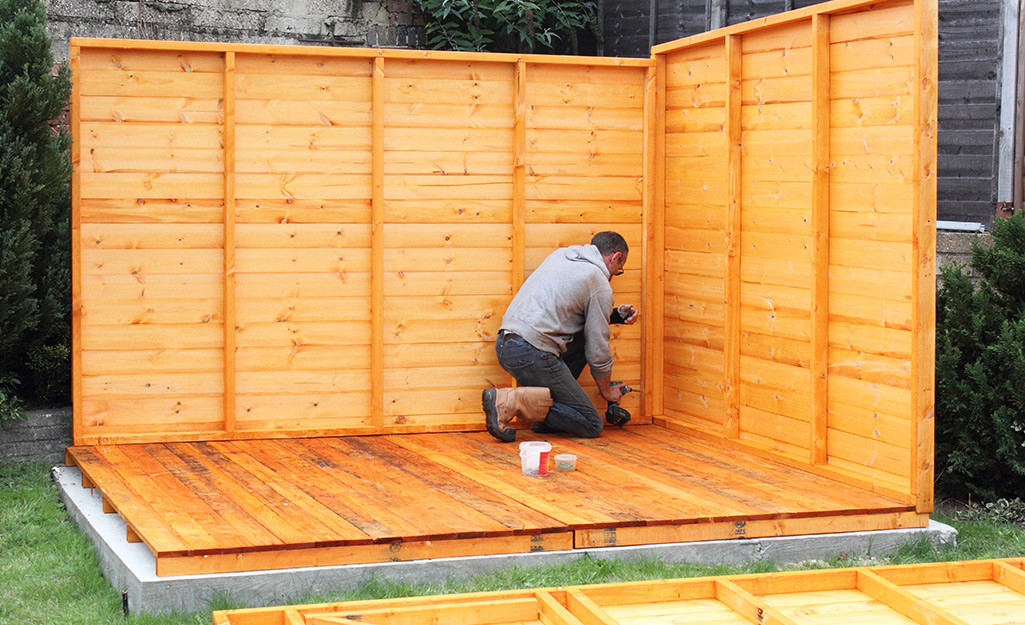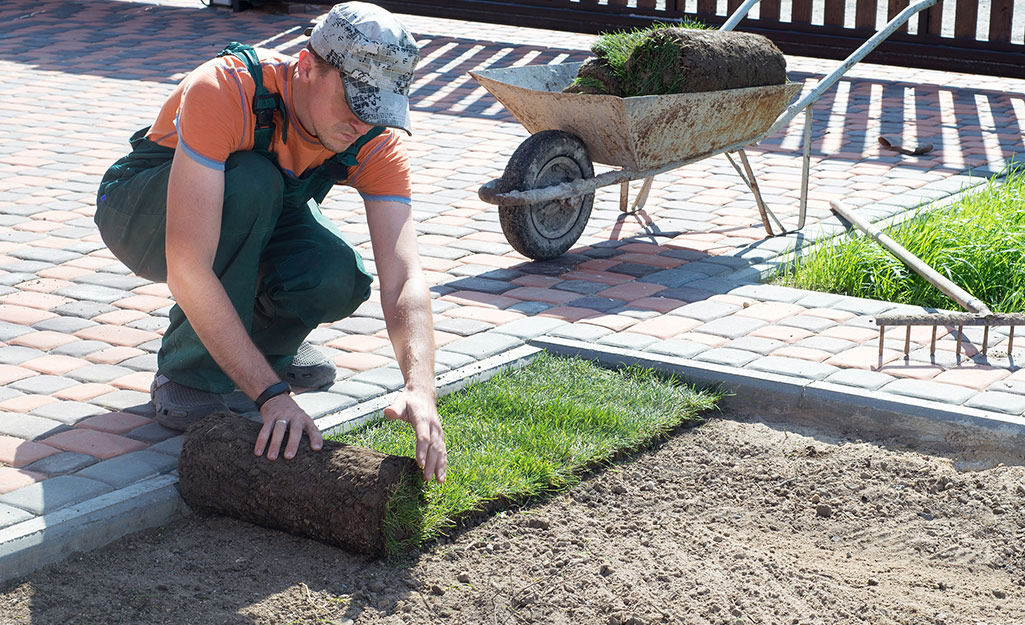
Do you have what you need to make your garden grow?


Garden Center
Store Hours
Mon-Sat:
6:00am - 9:00pm
Sun:
8:00am - 8:00pm
Curbside:
09:00am - 6:00pm
Location
Shop Outdoor and Garden Supplies Near You
Shop Plants Online
Garden Project Calculators
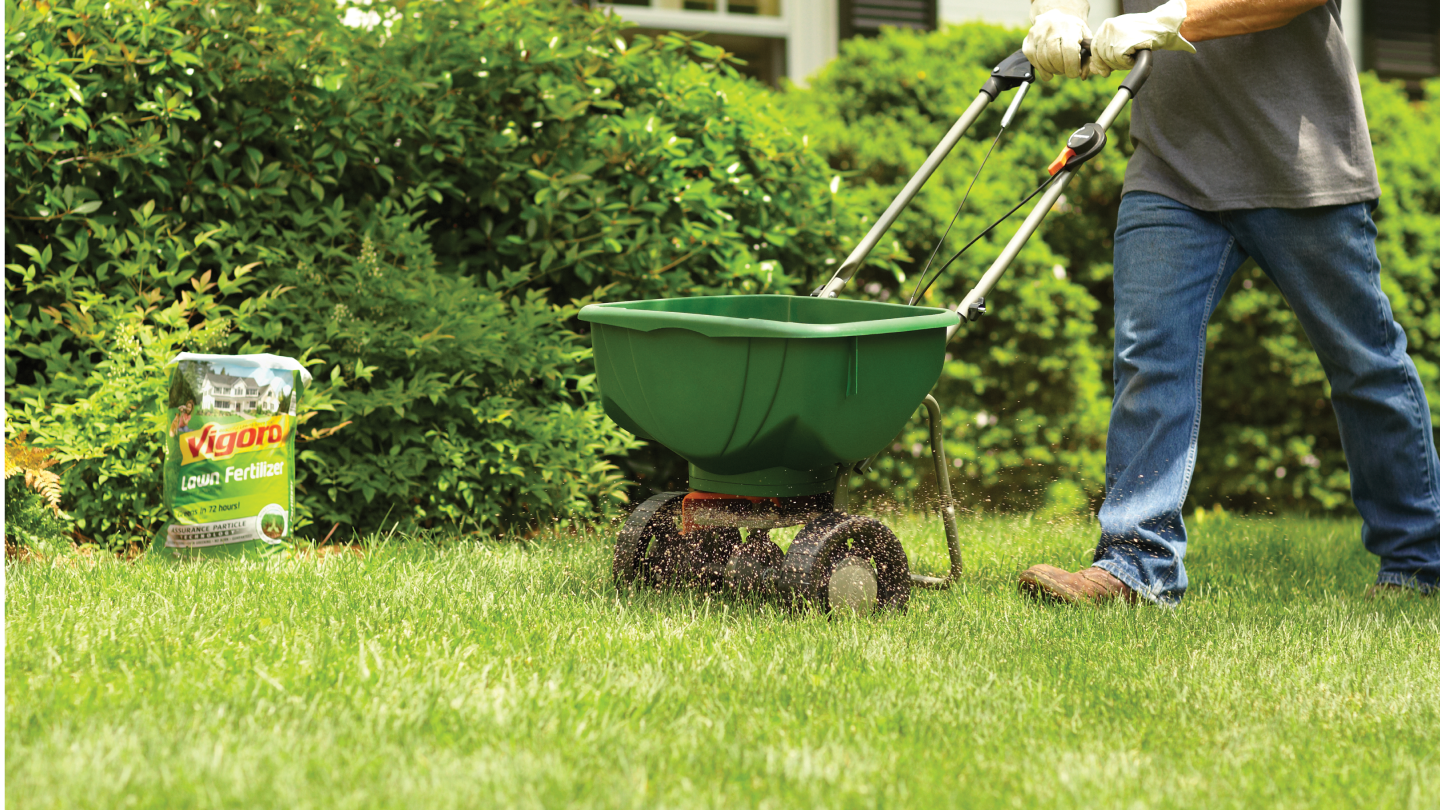;Resize=(703,395.44))
Grass Seed Calculator
When you're ready to seed your lawn, our calculator helps you estimate the amount of grass seed you'll need to get the job done.
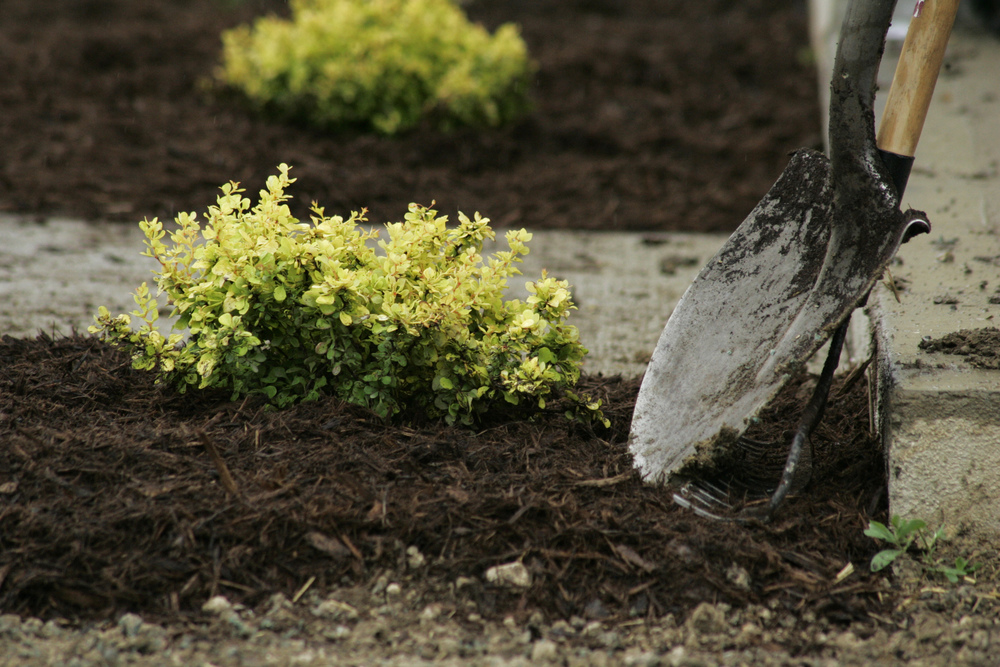;Resize=(703,395.44))
Mulch Calculator
Enter your preferred material, the square footage and mulch depth of the coverage space for accurate results.
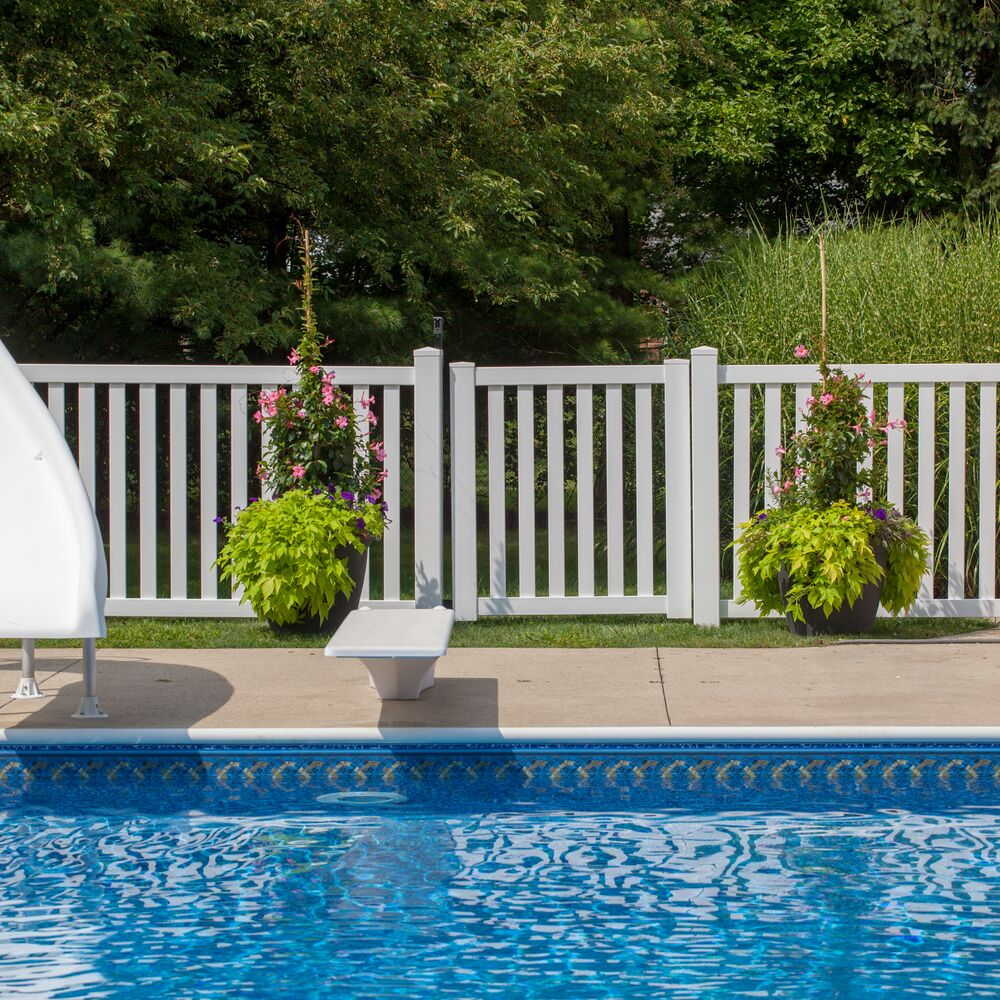;Resize=(703,395.44))
Fencing Calculator
We'll calculate the amount of fencing you should purchase based on your property needs.
Shop Outdoor and Garden Brands
Frequently Asked Questions About Gardening
Will my veggies survive a frost?
Some hardy plants survive the cold and keep growing when they're mature by first frost. Cole crops, including the cruciferous family of kale, broccoli, and cabbage, thrive in cooler temperatures and may continue growing into the winter months. Get incredible depth to their taste by harvesting these veggies after frost. The plants convert starches into sugar, so they'll taste sweeter than previous harvests. Root veggies, like carrots and beets, also love cooler temperatures.
What's a good way to use trimmed tree branches?
A wood chipper makes tiny wood chips, while a log splitter leaves you with more manageable chunks of wood. After pruning trees and bushes with hedge trimmers or a gas chainsaw, clean up the debris in a wood chipper. If your trees are healthy, the wood makes mulch that you can spread around your fall flowers and plants. If you removed a tree, you can either get a log splitter or a wedge and a sledgehammer to break up the wood into smaller pieces. The wood splitter will be quicker and a wise investment if you're doing a large amount of tree cleanup, and bigger is better here.
How do I get rid of all these leaves?
If you'd prefer to use power tools to keep fallen leaves under control, shop our leaf blowers. Electric versions come as corded or cordless leaf blowers, which are also called battery leaf blowers. We've also got walk-behind, backpack, and handheld leaf blower models. Leaf vacuums, vacuum-mulcher combo units, or rakes are additional options. Turn the fallen leaves into mulch and enrich your soil or fill up leaf bags and take them out to the curb.
How do I store my a lawn mower for the winter?
To maintain outdoor power equipment, clean it before you store it. Check your owner's manual or the manufacturer's website for info on caring for a certain tool. For battery-powered tools, store the batteries in a place that won't freeze, as they don't do well with extreme temperatures. Idle gas tools until they sputter dry and then change the oil. It's a bit labor-intensive now, but you'll be glad you maintained your tools when you use them again.
How do I prepare outdoor water sources for winter?
Prepare your outdoor faucets for freezing temperatures by draining and covering them with faucet covers. Winterizing the hose bibb can be put off until washing the car in the driveway or watering the garden is done for the year, but don't wait until the temps drop into the 40s. With all hoses disconnected, turn off the indoor valves that control the spigots, then open the taps and let them run until the water stops. If you have pop-up sprinklers or a drip irrigation system, drain those as well as per the manufacturer's instructions. You may need an air compressor to get out every last drop of water. While you're at it, get a pool vacuum and pool cover and winterize your swimming pool, too.
What tools do I need for snow removal?
In climates where it gets cold and snowy, early fall is the time to prepare your snow removal tools. Snow blowers are great, but keep a snow shovel or two to chip away ice patches and clear trouble spots. We carry gas snow blowers, electric snow blowers, and cordless ones, too. People with larger driveways may consider using a salt spreader to evenly distribute the ice melt or salt to clear a path to the car or mailbox. Prepare now before the snow starts falling.
Garden Project Ideas
The Home Depot Garden Center at North Windham
When a crisp day breezes in, hinting at the seasonal change, take advantage of it to do a second round of planting and outdoor maintenance. Now is a great time to get flower bulbs and fall flowers in the ground. Neaten up your bushes and trees, too, with chainsaws, pole saws, and pruners. Read on for more on fall garden maintenance, fall planting, and how to transition to your fall lawn and garden.
Fertilize or Patch Your Lawn
Patch bald spots on your lawn by overseeding them. Autumn is a great time to fill in dead or brown places in your yard. However, make sure leaves don't fall on freshly seeded areas. New grass seed needs sun, air, and water to grow, and leaf litter can block out the air and sunlight it needs to germinate.
If your lawn is in good shape, make sure it stays that way by applying lawn fertilizer if you have cool-season grass. Aerate your lawn before fertilizing to get those nutrients down near the roots quickly. An edger gives extra polish to the perimeter of your yard. Water your cool-season lawn regularly and tend to any pesky fall weeds that show up. Warm-season varieties, like those in the southern states, are winding down their growth for the year. It's better not to fertilize it now, as you don't want fresh grass growing right before it goes dormant. Taper down watering on warm-season lawns.
Fall Gardening
Fall planting is often overlooked, but autumn is the perfect time to get additional flowers in your garden. Chrysanthemums, often just called "mums," provide a beautiful pop of fall color. Find them in shades of pink, purple, white, yellow, orange, and red. Marigolds and pansies are other options for beautiful fall flowers, so consider them, too. Remember to explore the wide variety of fall plant and flower options.
Shrubs and succulents put on a show of flowers in the fall, especially if they're kept in planter pots or already well-established in the ground. Succulent planters allow for easier upkeep of sensitive succulents. Customize the soil in the planters to fit these desert plants, as they need a sandy succulent soil mixture.
For shrubs, look after the ones you've got or plant new ones, weather permitting. Get in new plants now, especially if you're in a warmer climate and have time before the frost and cold comes. If you use retaining wall blocks to accent or surround your garden, try giving a finished look with rubber mulch. It'll overwinter just fine and look new longer than bark chips or other mulches that fade with weathering.
Cut and Cover Perennials
In climates where you might have a cold snap but then warm up above freezing again, cover your plants. Protect your garden from frost and freeze damage to extend their season. You can get extra life out of your garden by covering your plants with 5-gallon buckets, tarps, or even painting drop cloths. It'll warm your plants like a greenhouse, and they'll survive a frost.
This works well early on, until you're fully into the colder parts of the season. Uncover the plants in the morning when it warms up again and let them enjoy that autumn sun. Once the temperatures regularly dip below freezing, bid a fond farewell to the garden for the winter.
Put the Garden to Bed
When your annuals start looking rougher, dig up the plants. Northern climates might be putting the garden to bed for the season in October or November, while warmer climates might wait until November or December. After your vegetables and annuals are done for the year, dig them up, then chop and dispose of the detritus, or dead plant debris. You can let them return their nutrients to the soil, but there are two exceptions: if your plants dealt with disease or if you had a snail problem.
For gardens overrun with slugs and snails or if your plants struggled with disease, put the old plants in a leaf bag for disposal. You don't want to bring the disease or snails to next year's garden. However, if you have a compost heap in the corner of the yard, feel free to add the slug-riddled plant parts there.
After you've removed the old plants, you have a clean slate. Prepare your garden bed for the spring by rotating the soil with a shovel or renting a rototiller. You want to loosen the earth so the topsoil goes down and the deeper soil comes up. It lets the soil rest and helps nutrients penetrate. It's also an excellent opportunity to test the soil and see what, if any, soil amendments you need. Different crops and plants use different nutrients. Test your soil to see if it's balanced or if you need to replenish certain nutrients that have been depleted.
Indoor Gardening
Gardeners with potted plants can extend their growing season by bringing the plants indoors to a sunny window. Indoor gardening allows both outdoor plants to live longer and indoor plants to bring joy into your home. Just turn them regularly to give all the leaves equal sunlight, and make sure they get enough water. Remember to place decorative dishes beneath them if the pots don't have built-in overflow dishes to catch any extra water.
Warm the Outdoors with an Outdoor Fireplace
Stretch out your fall evenings with a patio heater, fire pit, or outdoor fireplace to take off the chill. No matter if you're looking to heat a small patio, a cozy back porch, or a spacious deck, we've got options. All you have to do is discover the one that matches your decor style.
We've got fire bowls and fire pit tables ready to warm your outdoor space. Check out stylish propane and natural gas fire pits in a variety of shapes. We've also got woodburning fire pits and the firewood to stoke them. You can even build your own with fire pit kits or make it completely custom and build an in-ground fire pit to your exact specifications with pavers that lead to and surround the pit. Stop by your closest garden center to see what's in stock.
Ease Into Autumn
This fall, shore up your yard for the season with us. We have the tools and supplies you need for leaf cleanup, putting the garden to bed, and restoring nutrients to your soil so it's ready for next spring. Shop our wide variety of fall garden care and outdoor living products online, in your local store, or in our mobile app.
Nearby Stores
Find Another Store
245 Riverside St
Portland, ME 04103
12.18 mi
Mon-Wed: 6:00am - 9:00pm
Thu: 6:00am - 10:00pm
Fri: 6:00am - 10:00pm
Sat: 6:00am - 10:00pm
Sun: 8:00am - 8:00pm
300 Clarks Pond Pkwy
South Portland, ME 04106
15.59 mi
Mon-Wed: 6:00am - 9:00pm
Thu: 6:00am - 10:00pm
Fri: 6:00am - 10:00pm
Sat: 6:00am - 10:00pm
Sun: 8:00am - 8:00pm
149 Mt Auburn Ave
Auburn, ME 04210
21.93 mi
Mon-Wed: 6:00am - 9:00pm
Thu: 6:00am - 10:00pm
Fri: 6:00am - 10:00pm
Sat: 6:00am - 10:00pm
Sun: 8:00am - 8:00pm
)
;Resize=(300,300))
)
.jpeg?im=Crop,rect=(363.69230769230774,1.2307692307692308,958.7692307692308,958.7692307692308);Resize=(300,300))
;Resize=(300,300))
;Resize=(300,300))
;Resize=(300,300))
;Resize=(300,300))
)
)
)
)
)
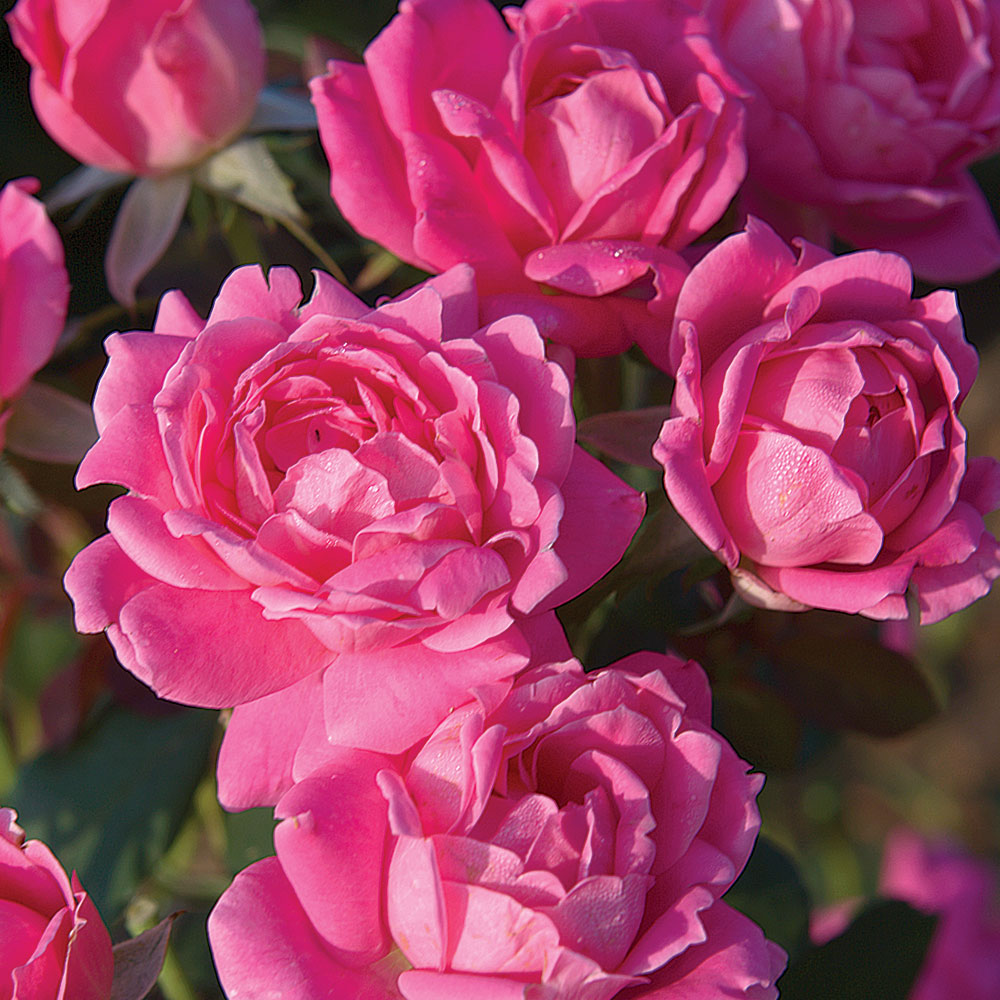)
)
)
)
;Resize=(300,300))
;Resize=(300,300))
)
)
)
)
;Resize=(300,300))
)
)
;Resize=(300,300))
;Resize=(300,300))















